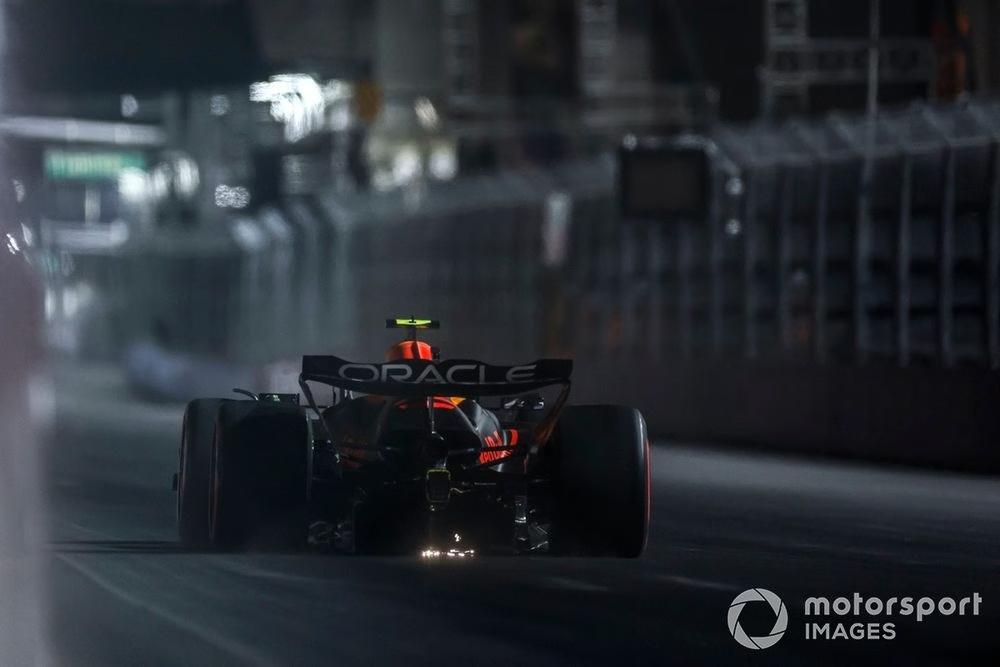Running this generation of Formula 1 cars as close to the ground as possible, without inducing bouncing or wearing out the floor plank, is something teams have been chasing since 2022 to maximise the downforce they can generate.
It is therefore no surprise that when the FIA added an ambiguous technical directive last year regarding what teams could do with the skid blocks to protect against floor plank wear, some teams tried to take advantage of a loophole they spotted.
What were teams doing?
As revealed on Wednesday, the latest technical directive issued by the FIA last week reversed some of the freedoms that were afforded by a previous directive in 2023. The FIA checks floor plank wear around four holes, one at the front, one aft and two side by side in the middle of the floor.
To help prevent those areas from wearing more than the 1mm tolerance, teams are allowed to install skid blocks around those areas. But then a 2023 technical directive, that was active until the most recent Brazilian Grand Prix, gave teams additional scope to prevent wear more aggressively.
Sergio Perez, Red Bull Racing RB20
Photo by: Glenn Dunbar / Motorsport Images
That did not concern anything done to the regular skid blocks around the measuring holes themselves, but the TD’s wording enabled the installation of additional protective skid blocks further away on the floor, so-called satellite skids, as long as they had the same vertical stiffness as the main skids.
It is not clear when teams first started adding these satellite skids. But with the TD that enabled it being issued during the 2023 season, teams will have been studying the rule change for some time, so it won’t have been a very recent phenomenon.
Who has had to make changes in Las Vegas?
On Wednesday, Red Bull and Ferrari first emerged as two teams that had to make modifications once this freedom was removed again by the latest TD. Intriguingly, it was Red Bull that actually raised the issue to the FIA after Brazil, which suggests that it felt Ferrari’s solution was much more aggressive and beneficial, and that Red Bull was therefore happy to make some compromises to reel back its championship rival.
On Thursday, Mercedes and Alpine both confirmed they also had to make changes to how they protect their floor planks, with RB’s racing director Alan Permane saying the team suspected Haas also used the loophole. The five remaining teams aren’t believed to have done so. That…
Click Here to Read the Full Original Article at Autosport.com – Formula 1 – Stories…

